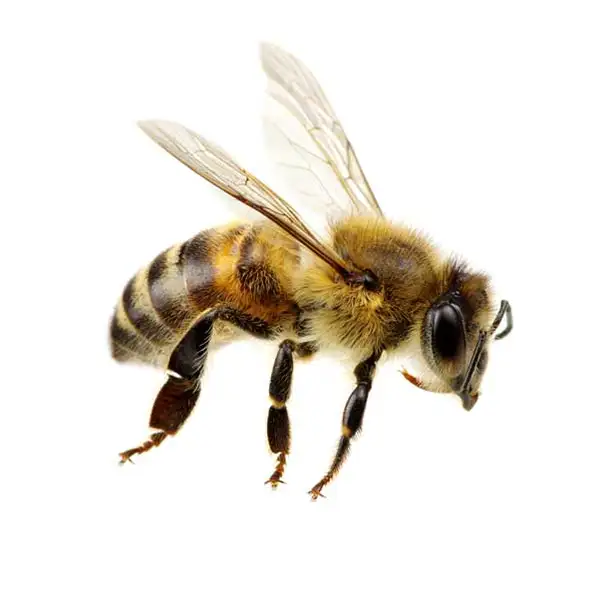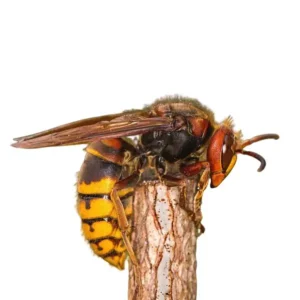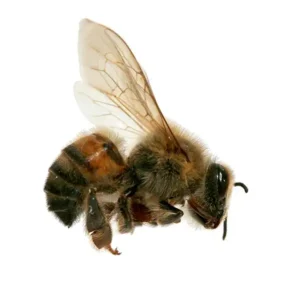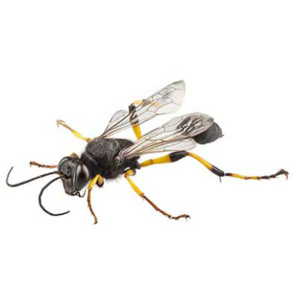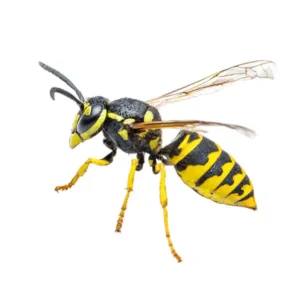Honey Bees in Memphis TN Metro Area
The diligent honey bees, as their name suggests, engage in crucial pollination activities and produce honey. Their colonies have the capacity to persist for several years. The queen honey bees are slightly larger in size compared to the male honey bees, commonly referred to as drones. These bees can be found throughout the entire country and play a vital role in pollinating over 100 different crop varieties. There are two primary types: Africanized honey bees and European honey bees. The European honey bees tend to display greater aggression compared to their Africanized counterparts. When a honey bee colony grows too large for its hive, they will form a swarm and search for another place to settle down.
Honey Bee Habitat
Honey bees typically construct their nests in crevices of trees, although occasionally they may build nests in attics or chimneys. These bees are most active and noticeable during the summer and late spring seasons when new queens, accompanied by thousands of worker bees, depart from their existing colonies to establish new nests in tree hollows or crevices. During this time, large clusters of bees can be observed swarming together as they search for a suitable location for their new home. It typically takes around 24 hours for a swarm to locate a new nesting site. While the majority of swarms are not harmful, certain bee species, such as the Africanized honey bee, are highly aggressive and may attack without provocation.
Honey Bee Behaviors, Threats, or Dangers
Honey bees possess the ability to sting, but they can only do so once. Only the female worker bees are equipped with stingers, and they are unlikely to sting while they are out foraging for nectar and pollen in residential areas. Bee stings typically occur when these generally docile bees are provoked or accidentally crushed. The stinger of a honey bee has barbs, which means it remains embedded in the skin unless physically removed. Prompt removal of the stinger is crucial, and the method used to do so, whether by grasping with fingers, tweezers, or scraping it off the skin, is less important than removing it quickly.
Honey bee stings can be quite painful and, in rare cases, life-threatening to individuals who are allergic to bee venom. If a honey bee nest is suspected on your property, it is always best to contact a professional bee removal company.

